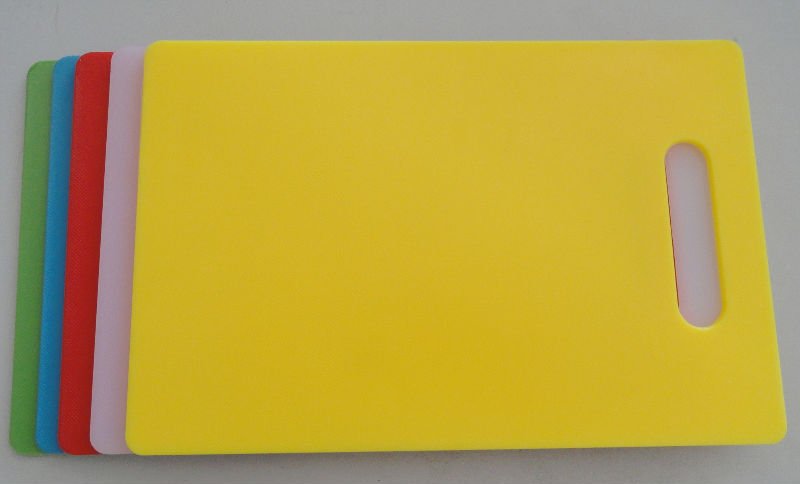The next occasion are going to be chopping vegetables and fruits on top of your chopping board, take the opportunity and look at it, the material most likely to be used as a High Density Polyethylene Cut Grade Material - Sheets cutting board is Polyethylene. Because it should be FDA and high quality guaranteed NSF approved along with stain, moisture and odor resistant, Polyethylene is the best choice for slicing boards.
Other sorts of cutting boards made out of wood are predisposed to bacteria and residual odors because they lack the properties that Polyethylene sheets offer, including its non permeable surface, chemical substance resistance and approval for food contact. High Density Polyethylene is undoubtedly a durable and light-weight material that comes in a great many forms and is well suited for a wide array of applications. There are lots of types of Polyethylene commercially accessible. The most typical are HDPE (High Density Polyethylene), LD Polyethylene, and UHMW (Ultra High Molecular Weight Polyethylene). The differences have to do with the molecular weight and branching;Â which happens when a monomer or atom is replaced by a longer chain of polymers (a long repeating chain of atoms). Â
{ |
||
|


High Density is frequently used for the standard gallon sized milk jugs and common food containers. Low Density is generally used for milky colored bottles or perhaps plastic bags. UHMW, which has higher molecular weight (2-6 million) that allows for an even transfer over the length of material which makes it stronger, rendering it useful with regard to bearing products for the great wear resistance. Very popularly used in the food processing and dairy industry, Ultra High Molecular Weight is a superb replacement for numerous industrial materials and a wonderful method to fix many wear issues.  Each of these polymers are made from the same polyolefin plastic materials family, but all have certain properties that make them a little different. HDPE provides great chemical resistance, has very high impact strength and great energy absorption. Low Density has lots of of the same properties as High Density but it's not as dense at 9.15, as an alternative to HDPE which happens to be 9.34, plus its a softer material ( the one gallon coffee can lids). What's more , has a lower tensile strength and greater, less complicated forming.
UHMW can be described as strong material which includes great durability and low co-efficient of friction which make it an ideal for sliding applications. The best known material plastic material with a lower co-efficient of friction is Polytetrafluoroethylene - PTFE; which has a higher temperature and chemical resistance. Ultra High Molecular Weight Polyethylene features a wide variety of material alternatives and properties, and all these products include fantastic longevity which could be perfect for several applications. From the food industry to automotive, your home in addition to warehouse, whatever your Polyethylene needs are - High Density, Low Density or UHMW, Polyethylene is really a good alternative. E-mail us for additional information on these as well as other plastic supplies.